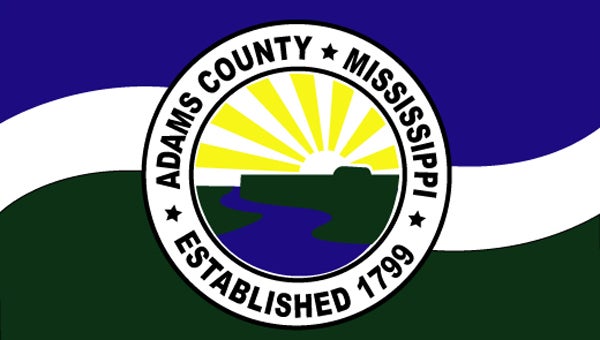Study: Moving hospital to east side of Ferriday would draw more from parish
Published 12:46 am Sunday, October 2, 2016

- (The Natchez Democrat)
FERRIDAY — The Riverland Medical Center hospital board chair says building a new hospital at its current location in Ferriday would not generate enough business.
On Monday, board chairman Jim Graves told Concordia Parish Police Jurors the U.S. Department of Agriculture’s Community Facilities Program may not grant the $35 million low-interest loan to build a new hospital if the jury elects to attempt to build the structure at its current location.
The Police Jury, owners of Riverland, will ultimately make the decision whether to build a hospital or not in the parish. Jurors called a meeting with the hospital board Monday because of concerns about moving the hospital out of its current location, in part due to the land already having been paid for.
The facility is located off of E.E. Wallace Boulevard near the northern edge of Ferriday.
Consultant Michael Taylor, who is formerly of the USDA, said one of the requirements of getting the loan — presently just above a 2-percent interest rate — approved is having a financial feasibility study done.
The board hired Stroudwater Associates to conduct this study, and Taylor said the firm has a good reputation nationwide in hospital finance and the firm also has a good relationship with the USDA.
The study makes it clear the hospital’s best opportunity for success that’s at least 10 miles away from Merit Health Natchez is east of Ferriday, Taylor said. Based on the data collected by Stroudwater Associates, Taylor said a new facility would bring more people from the more populated portion of the parish.
Residents of eastern Concordia Parish are currently taking advantage of Merit Health Natchez over Riverland, Taylor said.
“We are not trying to get Natchez people to use a Concordia Parish hospital,” Taylor said. “We are trying to get the Concordia Parish people to use the Concordia Parish hospital.”
Taylor said much of the business in the parish is already growing east of Ferriday, and that also makes it the best location to place a hospital.
“It is still keeping the hospital close enough to Ferriday that it will not inconvenience the folks in Ferriday who use the medical services,” Taylor said. “For some people in Ferriday, the hospital may even be closer in its new location. I don’t think it will have much of an impact on Ferriday’s use of the hospital.”
The USDA program receives applications from other communities, and Taylor said the USDA would not approve a loan for a project running contrary to the feasibility study the agency required.
While Taylor declined to speculate on what would happen if the jury found a firm to back the opinion that the hospital should remain on its current location, he said he couldn’t imagine why the jury would do that.
“These feasibility studies are not cheap, and the firms are staking their reputation on the accuracy,” Taylor said. “I can’t imagine with a good study in hand, supported by data, why you would go out and get another study to prove a different point of view.”
Police Jury Secretary-Treasurer Kevin Friloux said while he’s never had any dealings with the USDA on a project of this scope, he said he could understand why the agency would want to fund a project that makes it more likely the USDA would get its money back.
“Just like any federal project, they have to do a cost-benefit analysis,” Friloux said. “If the numbers don’t match up, they won’t do the project.”
Juror Whest Shirley said he did anticipate the hospital board would recommend a location between Ferriday and Ridgecrest.
“We are looking forward to hearing back from the hospital board with some final decisions so we can get the ball rolling,” Shirley said. “I wish we could get the land donated because that’s a lot of money to get the ball rolling.”
The hospital board is looking to execute a deal with Dan Renfro for the purchase of 20 acres of property on U.S. 84 near Camelot Leisure Living. The cost would be no more than $27,500 per acre, or approximately $550,000.
A representative with the USDA Community Facilities Program was not available for comment Friday.






